If Kendrick Lamar fans were hoping to hear any hits from the rapper’s 2012 major label debut, good kid, m.A.A.d. city, at his 2025 Super Bowl LIX halftime show, they would be sadly disappointed. But if they were hoping to hear a relatively deep dance cut from the 1980s, well, Lamar delivered.
Videos by American Songwriter
Yep, that song toward the beginning of Lamar’s performance did sound familiar. Allow us to dust the cobwebs off for you.
Kendrick Lamar Sampled ‘80s Dance Track During Halftime Show
Just under two minutes into Kendrick Lamar’s Super Bowl LIX halftime show, a very 1980s-sounding sample began to play as Lamar and his red- and white-clad dancers performed “Squabble Up” from his 2024 record GNX. The woman’s voice sounded familiar—something that seemed to belong straight out of a neon music video or nightclub—but it was hazy at best. Intrigued as to whether we were conflating the song with something else, we looked into it. Sure enough, the song is “When I Hear Music” by Debbie Deb.
And sure enough, the song comes straight from 1984. Debbie Deb and producer “Pretty” Tony Butler released “When I Hear Music” on the tidal wave of electronic music coming out of this particular era of the ‘80s. The song peaked at No. 43 on the Billboard Hot R&B chart. While it might not have been the most popular song of the year according to the charts, the track did manage to certify triple platinum. Indeed, it certainly wiggled its way into the zeitgeist with its almost playground-like melody and quintessentially ‘80s instrumentation.
Kendrick Lamar utilized the infectiousness of Debbie Deb’s dance hit in his 2024 track “Squabble Up,” which embodied the same sort of pre-2000s style and energy. The GNX song hit No. 1 on the Billboard Hot 100 and Hot R&B charts. The catchiness of Debbie Deb’s main hook also inspired reggaeton rapper Pitbull, who sampled “When I Hear Music” in his 2006 track “Fuego.”
Taking A Deeper Dive Into The Super Bowl Sample
Debbie Deb and “Pretty” Tony Butler’s “When I Hear Music” isn’t just 1980s in sound. It’s also evocative of the entire attitude of that decade, starting with how Debbie and Butler met in the first place. The singer was working at a record store in North Miami Beach on a work program through her high school when her and the producer’s paths crossed. Butler was distributing tickets for concerts he was promoting to local record stores, including Peaches Records, where Debbie worked. After hearing Debbie sing in the other room, Butler invited her to his studio to record.
“That was Debbie Deb,” he said in a Red Bull Music Academy interview. “I go, ‘Do you sing?’ She goes, ‘No, dude.’ I go, ‘Do you want to make a record?’ She said, ‘I guess.’” In the same interview, Debbie recalled driving to Butler’s studio, which she described as having “a lot of drug money” put into it. Two days later, she cut her vocals. Debbie’s slightly nasal soprano voice was the “it” factor Butler was looking for. Even when the untrained singer went flat, Butler remedied the problem using a variable speed knob to tweak her vocals, adding to the track’s techno feel.
Debbie Deb quit the industry soon after Butler’s crew decided to replace her with a skinnier lip-syncher á la Milli Vanilli (again, so very 1980s). She later expressed regret over her lack of compensation. Although Butler paid Debbie to sing on the track, she didn’t receive publishing rights. This meant she got no compensation for any subsequent sales or samples—including Kendrick Lamar’s “Squabble Up.” Ultimately, Debbie returned to music in the mid-1990s and has stayed busy recording ever since.
Photo by Gregory Shamus/Getty Images

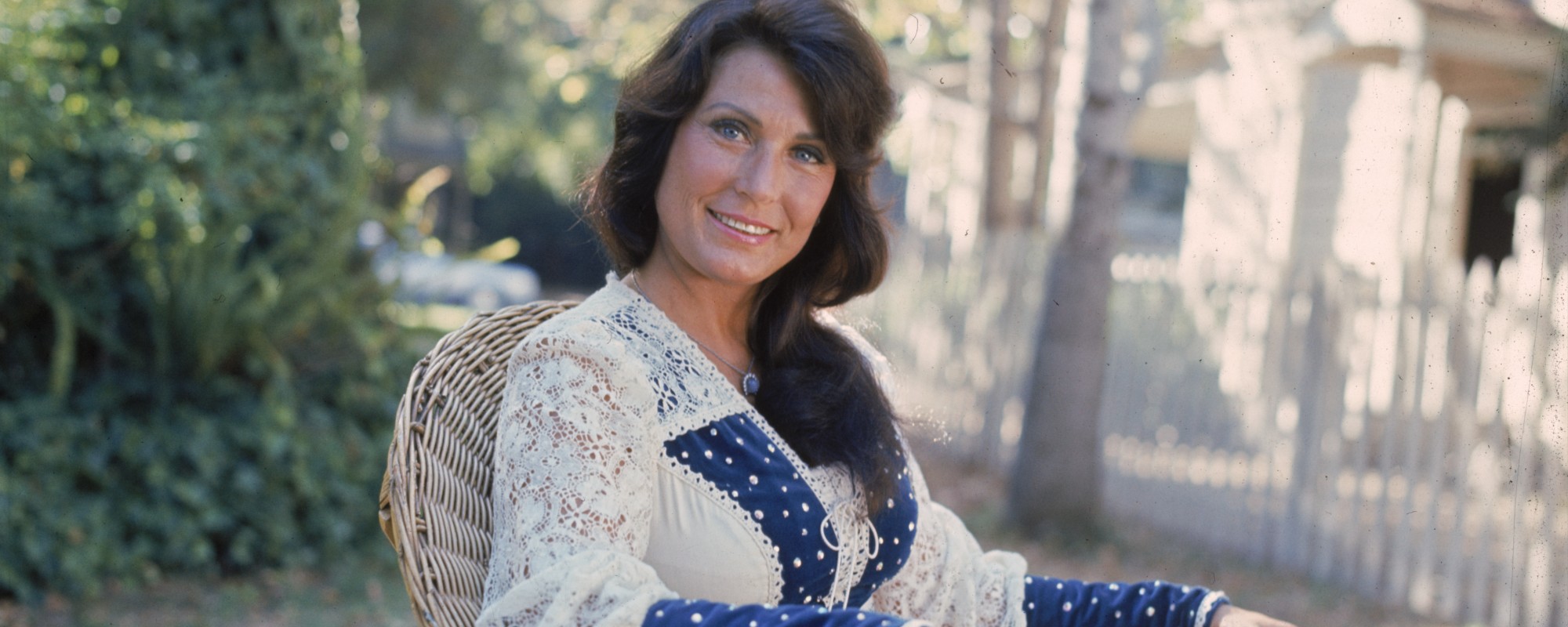


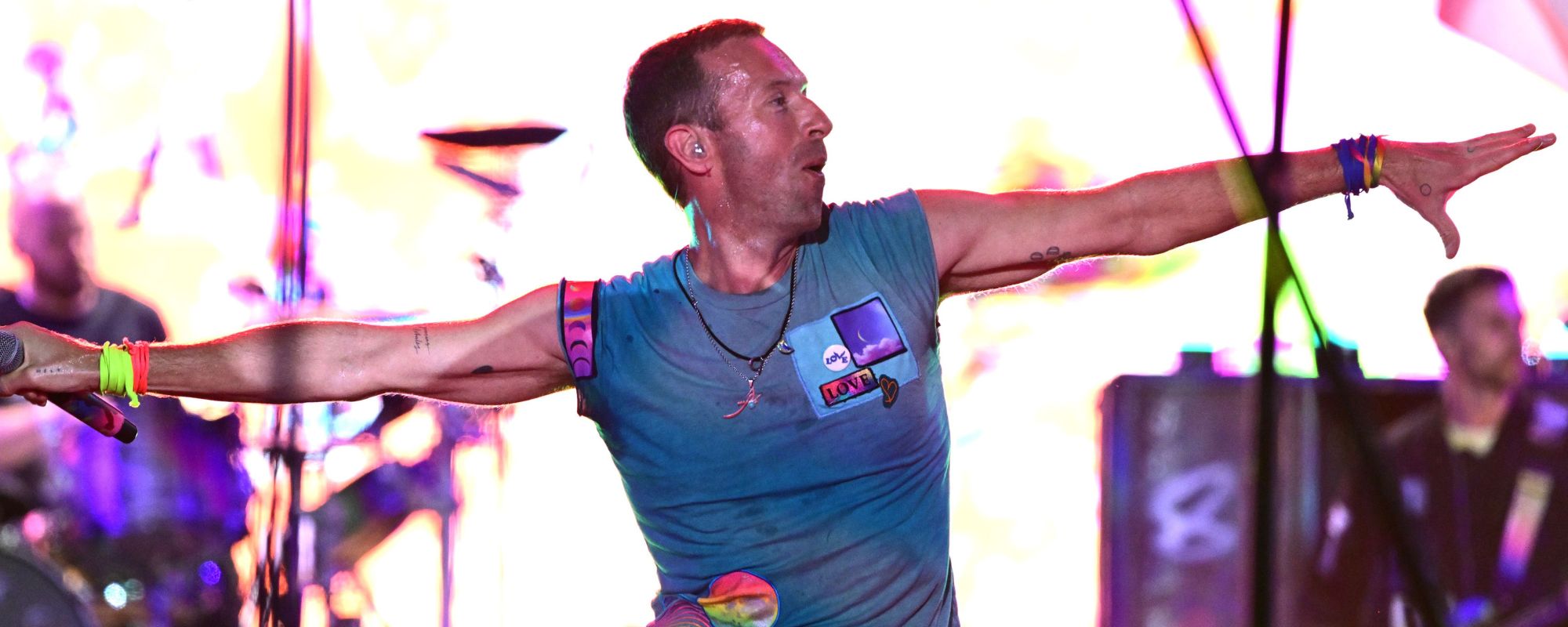
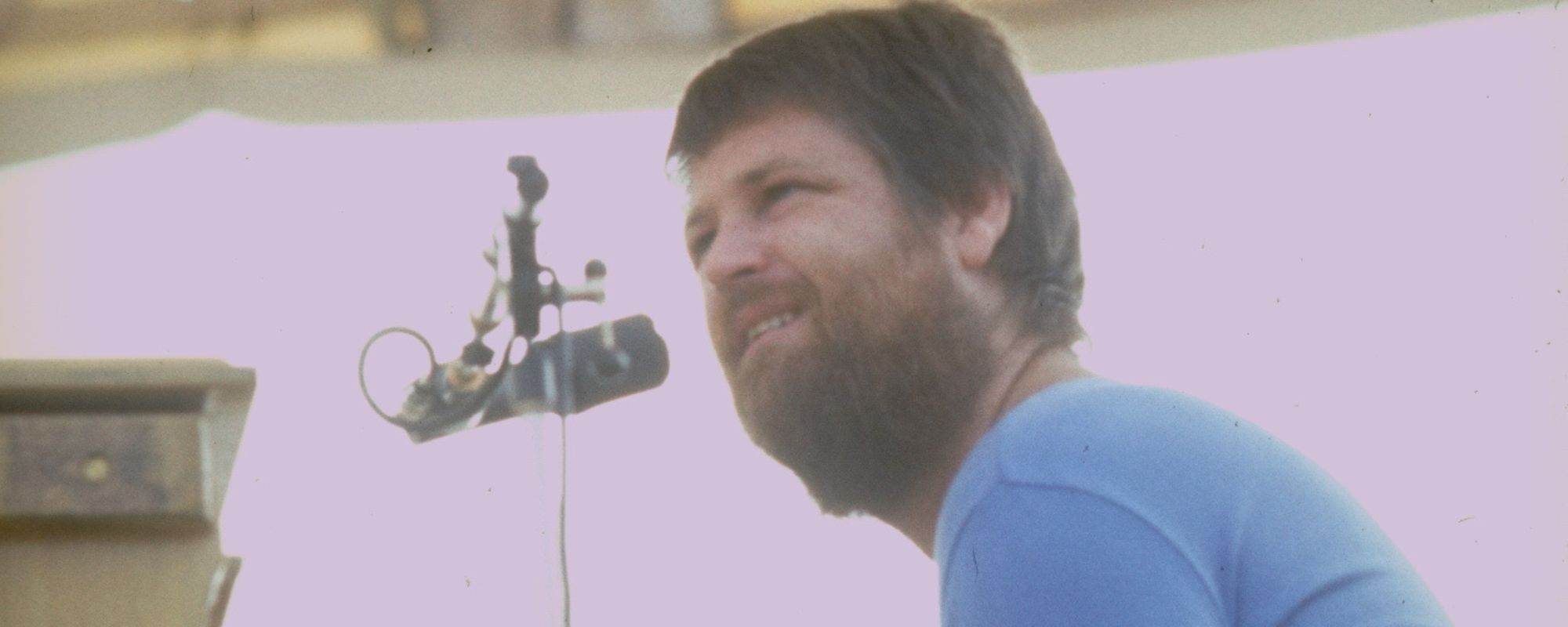
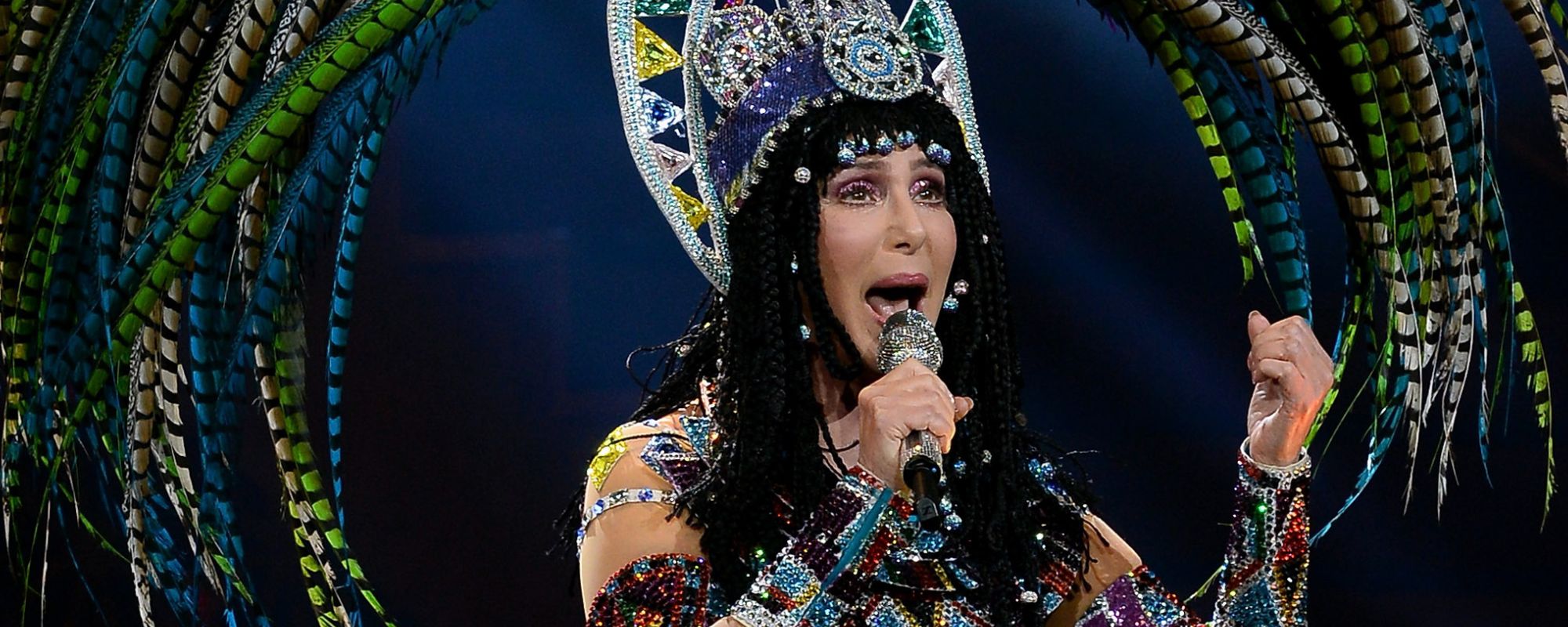
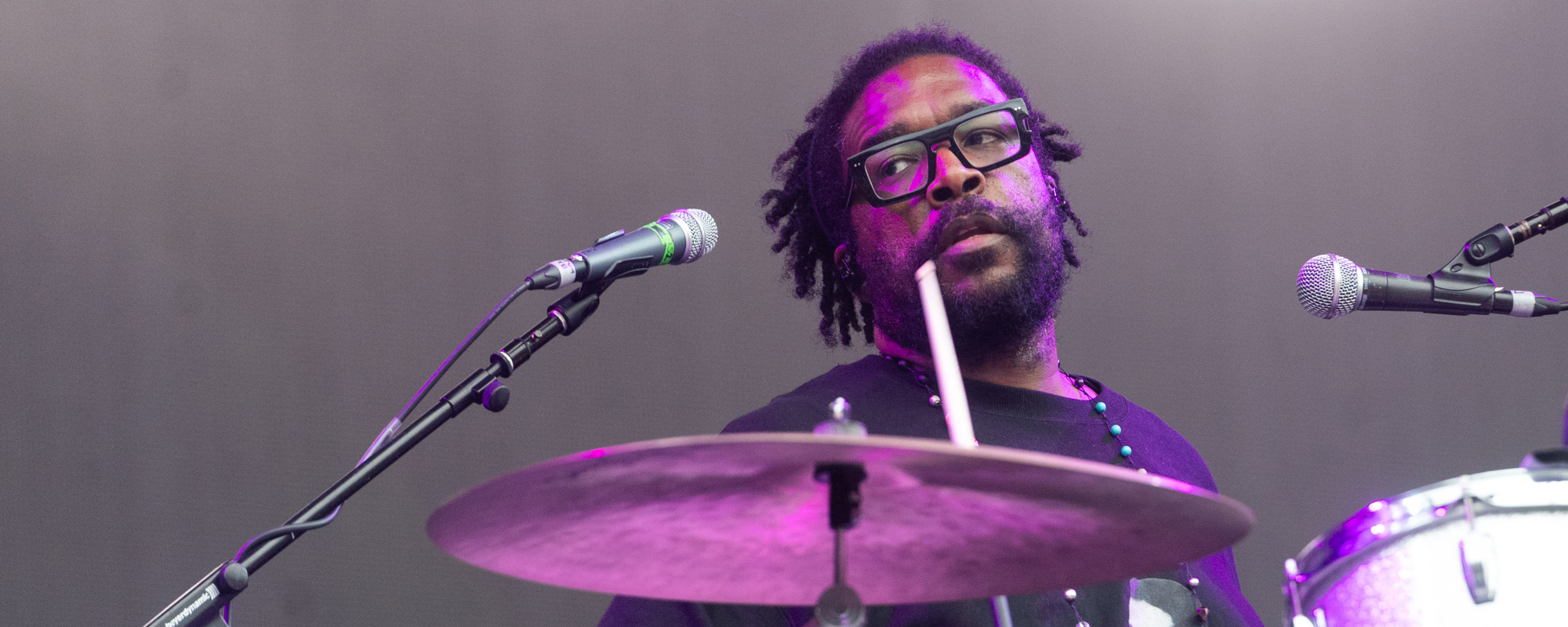

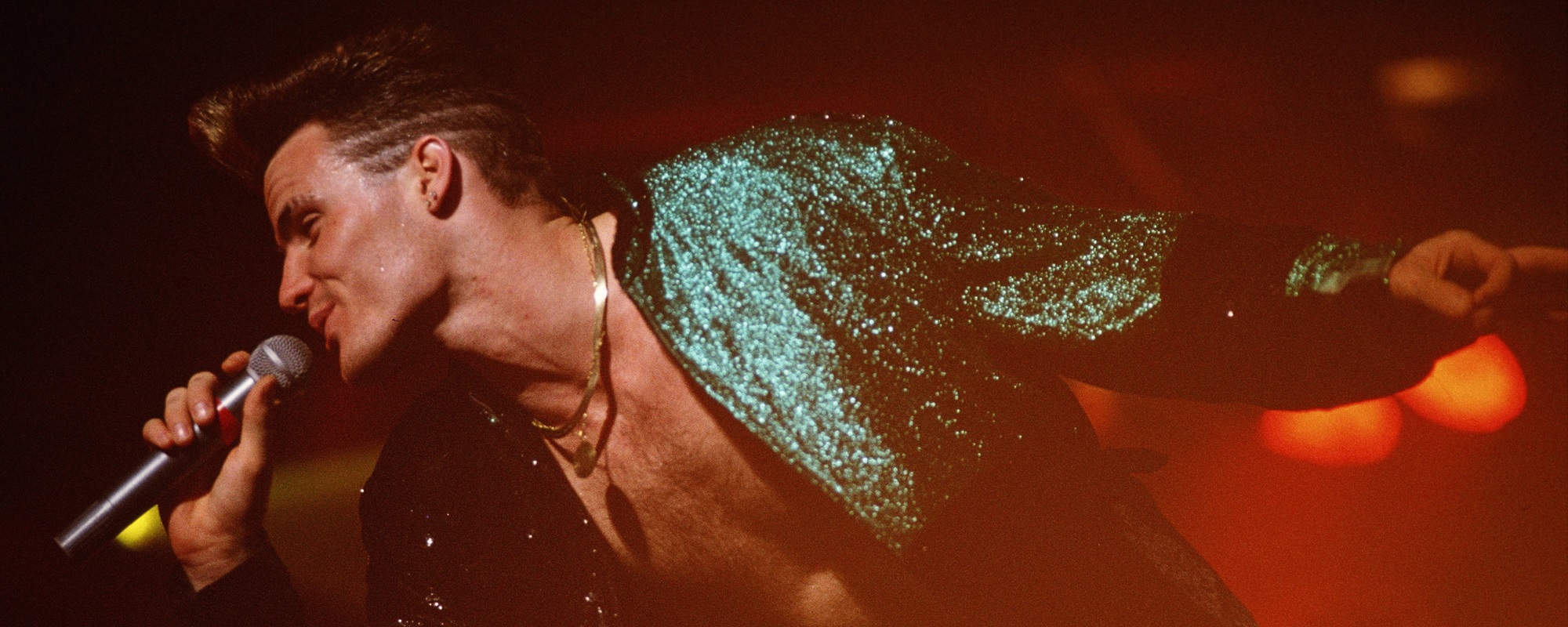
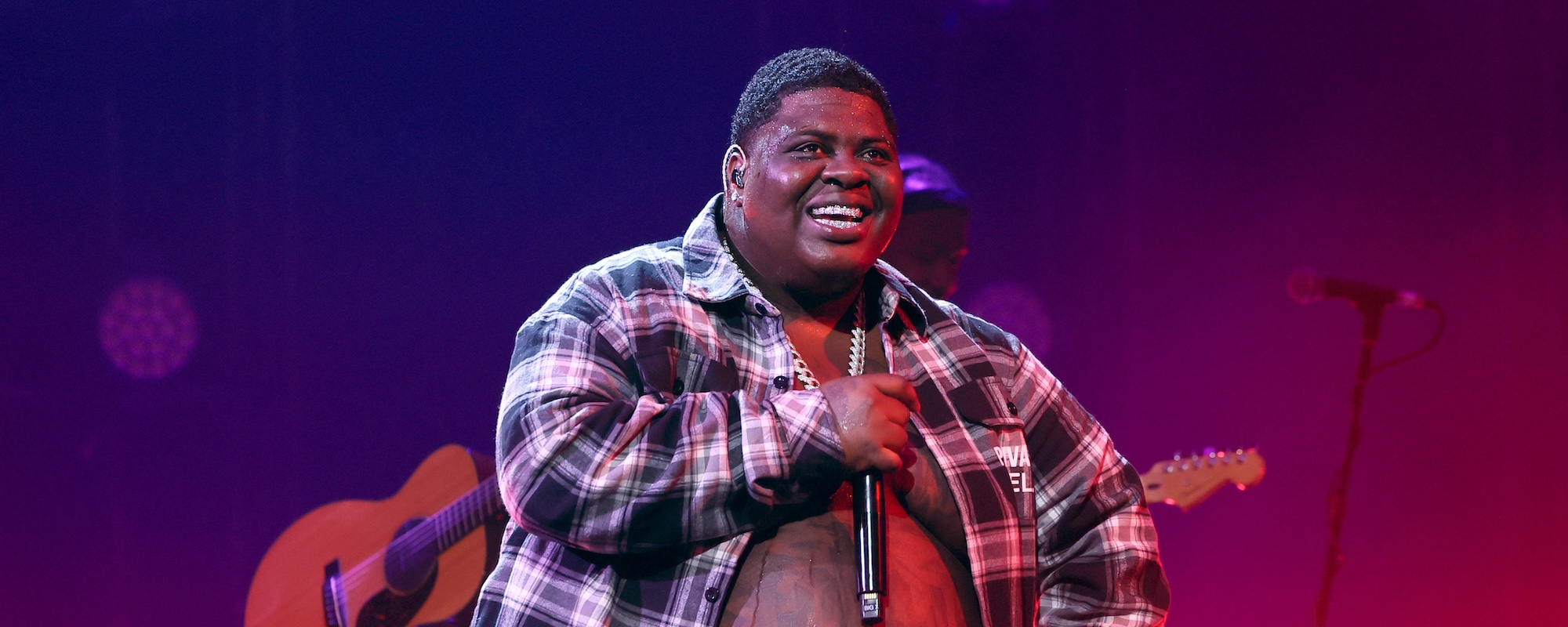
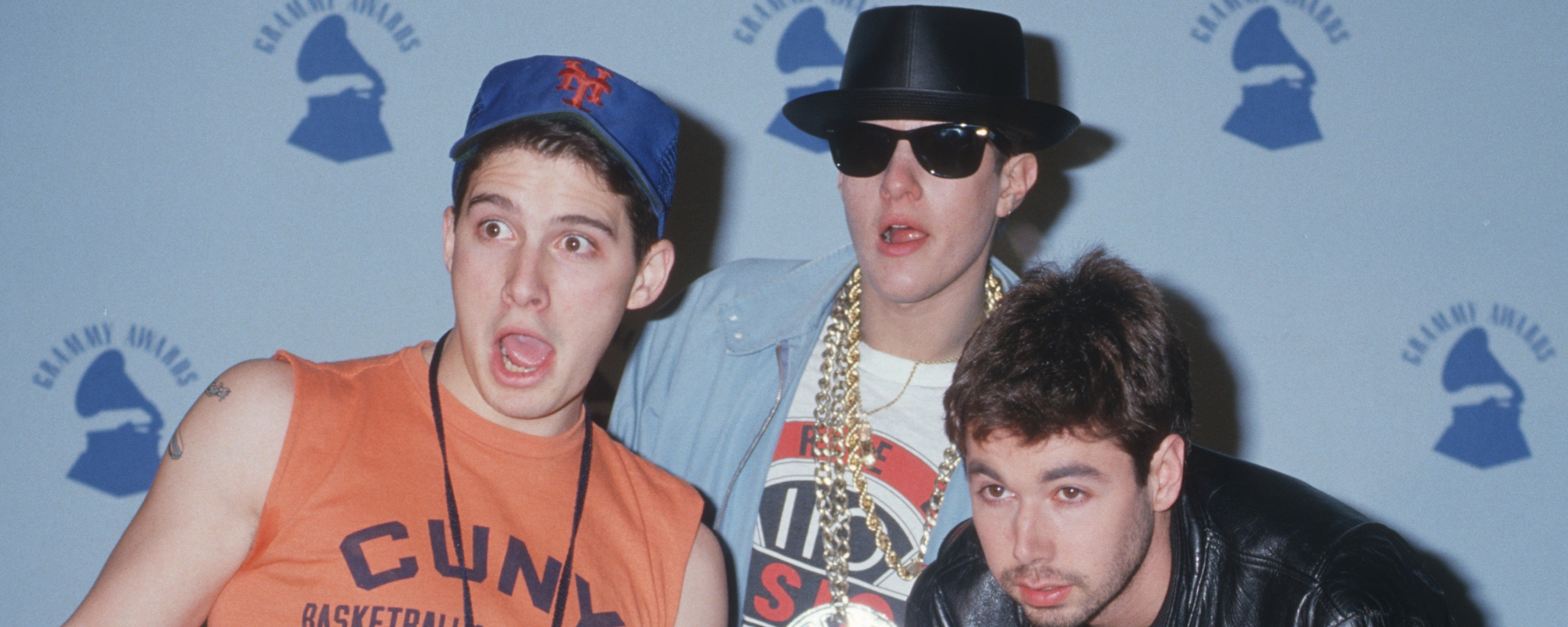

Leave a Reply
Only members can comment. Become a member. Already a member? Log in.